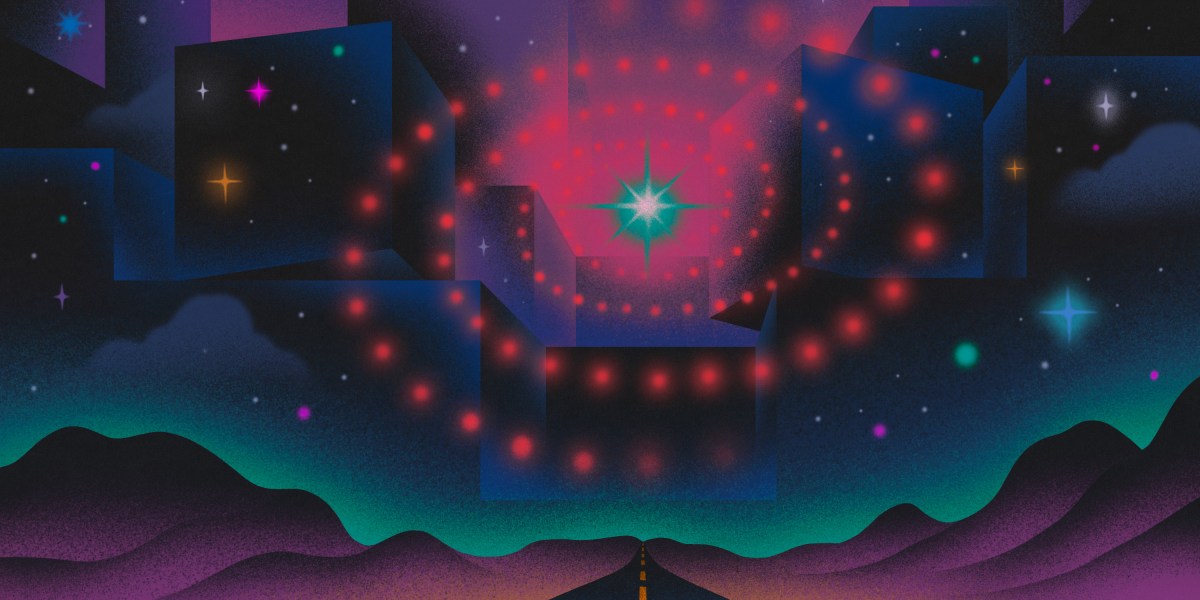
While humans have a long history of speculating about distant worlds, for much of that time actual evidence was in short supply. The first planets around other stars—known as exoplanets—were discovered in the early 1990s, but it took until the launch of NASA’s Kepler space telescope in 2009 for astronomers to understand how common they were. Kepler carefully monitored hundreds of thousands of stars, looking for tiny dips in their brightness that could indicate planets passing in front of them. The mission helped the number of known exoplanets rise from a mere handful to over 5,500.
Kepler was built to help determine the prevalence of Earth-like planets orbiting sun-like stars at the right distance to have liquid water on their surface (a region often nicknamed the Goldilocks zone). While not a single extraterrestrial world has been a perfect twin of our own so far, researchers can use the sheer quantity of discoveries to make educated guesses as to how many might be out there. The current best estimates suggest that anywhere between 10% and 50% of sun-like stars have planets like ours, leading to numbers that make astronomers’ heads swim.
“If it’s 50%, that’s bonkers, right?” says Jessie Christiansen, an astrophysicist at Caltech in Pasadena, California. “There are billions of sun-like stars in the galaxy, and if half of them have Earth-like planets, there could be billions of habitable rocky planets.”
Is there anybody home?
Determining whether these planets actually contain organisms is no easy task. Researchers must capture the faint light from an exoplanet and spread it into its constituent wavelengths, scanning for signatures that indicate the presence and amount of different types of chemicals. While astronomers would like to focus on sun-like stars, doing so is technically challenging. NASA’s mighty new James Webb Space Telescope (JWST) is currently training its 6.5-meter mirror and unparalleled infrared instruments on worlds around stars smaller, cooler, and redder than our sun, known as M dwarfs. Such places might be habitable, but at the moment, nobody is really sure.
For liquid water to be present on their surfaces, planets around M dwarfs would need to orbit close to their stars—which tend to be more active than the sun, sending out violent flares that could strip away atmospheric gases and likely leave the ground a dry husk. JWST has been investigating Trappist-1, an M dwarf 40 light-years away with seven small rocky worlds, four of which are at the right distance to potentially have liquid water. The two closest exoplanets have already been shown to be devoid of atmospheres, but scientists are eagerly awaiting the results of JWST observations from the next three. They want to know if even those outside the habitable zone can have atmospheres.
